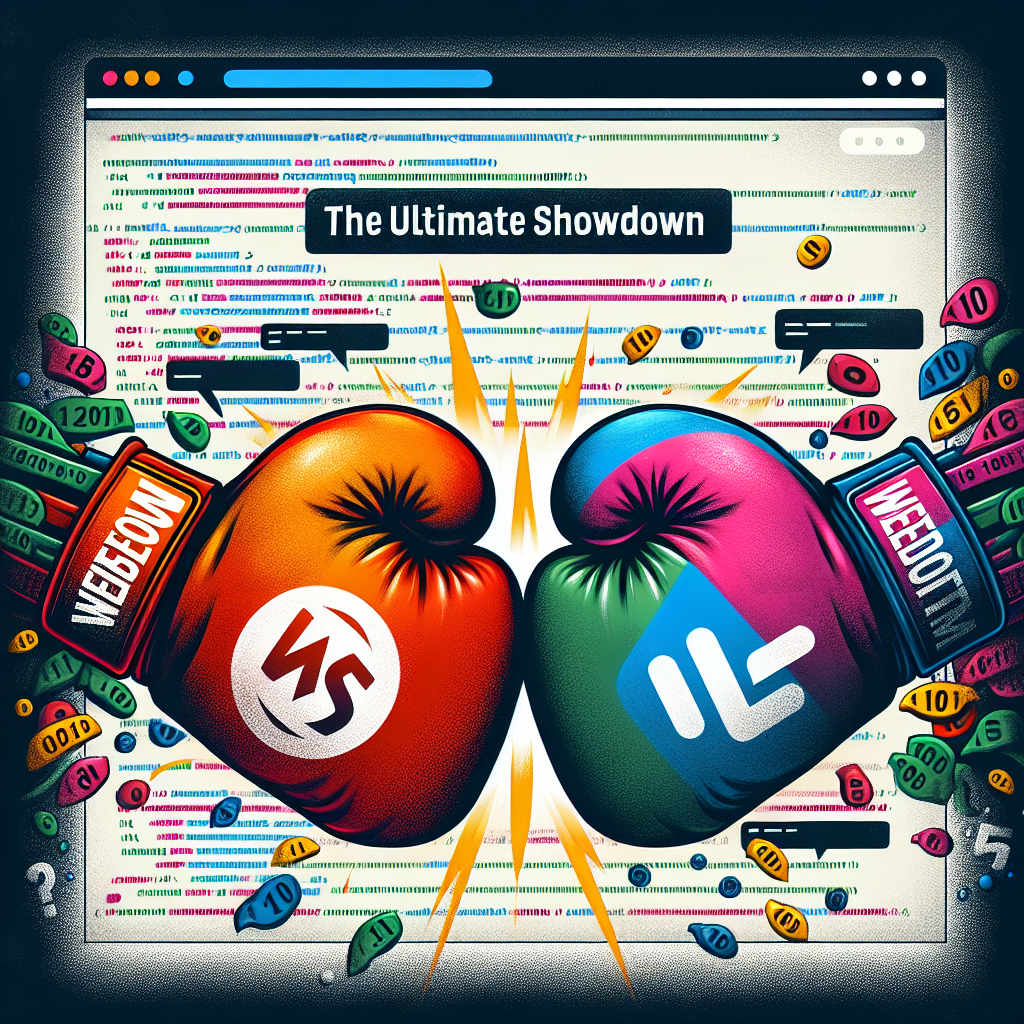
When it comes to creating a website, there are plenty of options available to bring your vision to life. One of the most popular debates in the web development world is the showdown between Webflow and traditional website builders. Both have their own advantages and disadvantages, but which one is ultimately the best choice for your project?
Webflow is a relatively new player in the web design industry, but it has quickly gained popularity for its ease of use and powerful features. Unlike traditional website builders, Webflow allows users to design websites visually, using a drag-and-drop interface that makes it easy to create stunning, responsive designs without any coding knowledge.
On the other hand, traditional website builders like WordPress, Wix, and Squarespace have been around for years and have a large user base. These platforms offer a wide range of templates and plugins to help users create websites quickly and easily. However, they can be limiting in terms of design flexibility and customization options.
So, which one should you choose for your next web design project? Let’s break it down:
Design flexibility:
Webflow shines in this department, allowing users to create custom, pixel-perfect designs that are truly unique. Traditional website builders, on the other hand, may be limited in design options and may require some coding knowledge to achieve the desired look.
Ease of use:
Traditional website builders are known for their user-friendly interfaces and simple drag-and-drop functionality. Webflow, while intuitive for those familiar with design tools, may have a steeper learning curve for beginners.
Customization options:
Webflow offers a wide range of customization options, allowing users to control every aspect of their designs. Traditional website builders may have limitations in terms of customization, especially when it comes to complex designs or animations.
SEO:
Both Webflow and traditional website builders offer SEO tools to help improve search engine rankings. However, Webflow’s clean code and responsive designs may give it an edge when it comes to SEO.
Ultimately, the best choice for your project will depend on your individual needs and preferences. If you’re looking for a highly customizable, visually stunning website and don’t mind investing some time to learn a new tool, Webflow may be the best option for you. However, if you’re looking for a quick and easy way to create a website with a user-friendly interface, a traditional website builder may be the way to go.
In the end, both Webflow and traditional website builders have their own strengths and weaknesses. As a web design and development expert, it’s important to weigh the pros and cons of each platform before making a decision. Whichever option you choose, the most important thing is to create a website that accurately represents your brand and connects with your target audience.
Copyright © 2024 By Prenon Mahmud All rights reserved.
